How Do I Print That?
With Ultimaker’s vast material support list, it can be a little confusing sometimes with how to correctly print some things. Luckily Ultimaker include pre-developed profiles for all of their filaments. That been said, we are a long way from the cold and beautiful Netherlands, and the materials behave a little differently because of it.
PLA
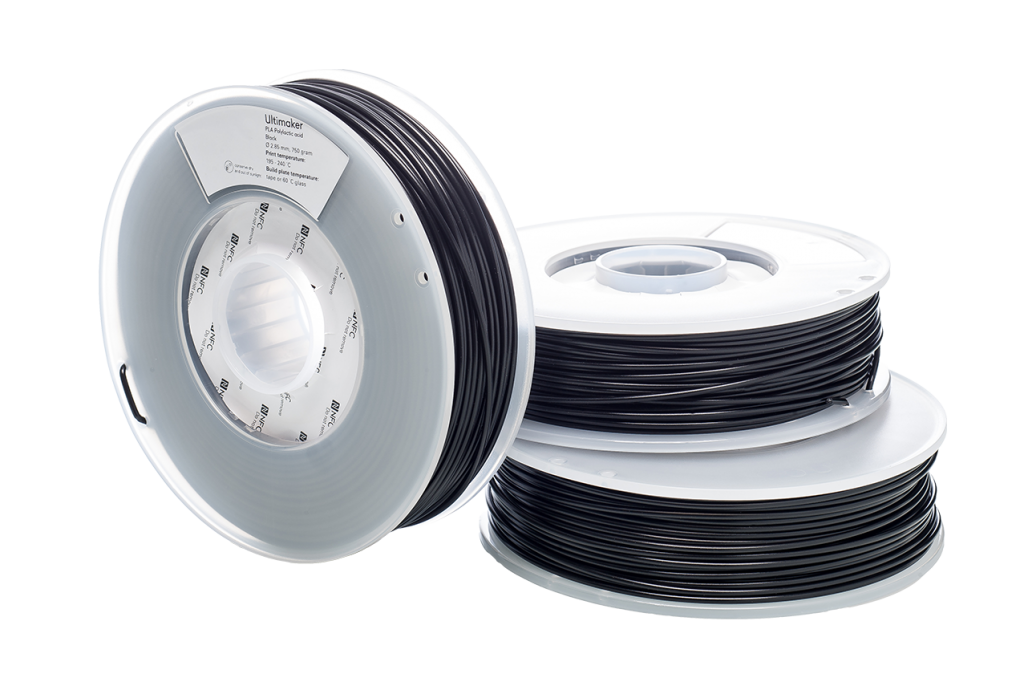
PLA is perhaps one of the most stable and easy to print materials in 3D Printing. Most prints will go fine and you do not need bed adhesion sheets generally. If you are having issues with bed adhesion try some of the below:
- Applie a thin layer of PVA glue to the print bed
- Decrease “initial layer height” by 0.10 until adhesion is achieved.
ABS
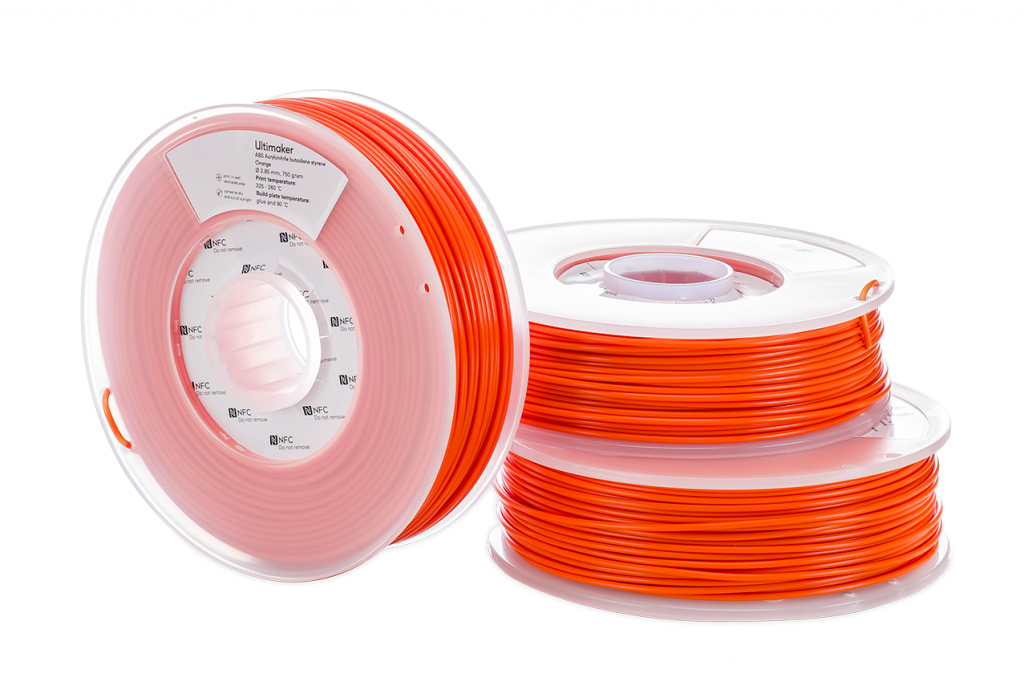
ABS requires high print temperatures and a very hot bed to print correctly. It is very prone to warping and coming off the print bed. Try some of the below to minimise print warping and bed adhesion failure:
- Keep print bed temperature between 80c – 90c.
- Always use PVA glue or Ultimaker’s adhesions sheets.
- Prevent draft air from getting into the print area by using the Ultimaker print door.
CPE+
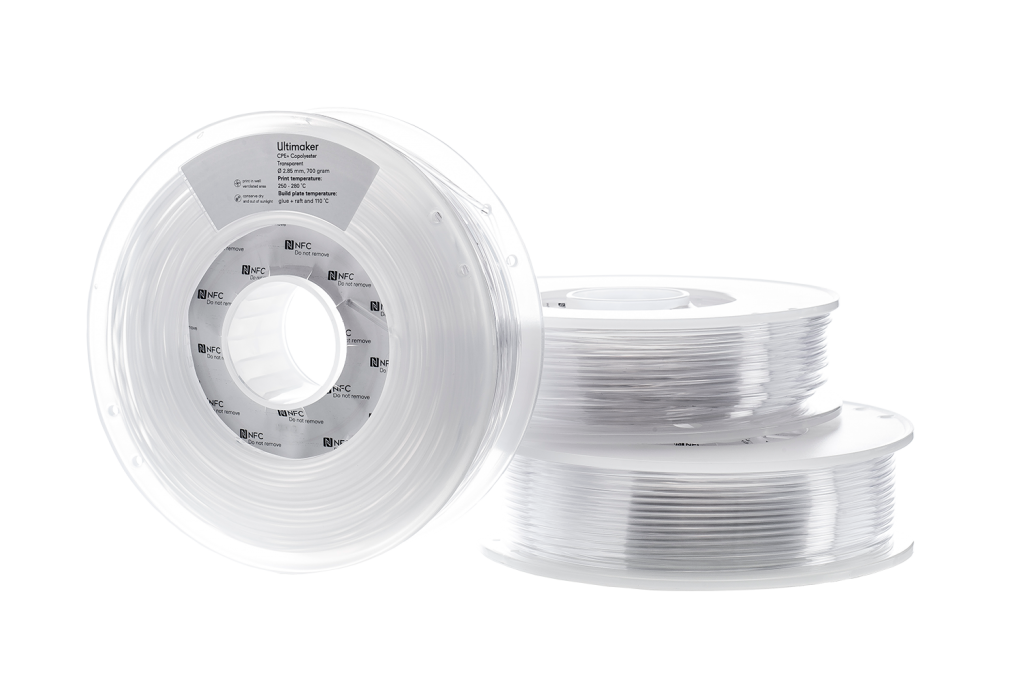
CPE+ is a highly heat and chemical resistant material, that generally sticks well during printing. Unfortunately it can also stick so well that it takes glass off the print bed upone removal:
- Always apply a thin layer of PVA glue or use the Ultimaker Adhesion sheets.
- Keep the enclosure closed during printing to avoid warping the print.
- If you do not have enclosure doors, use draft print protection inside Cura to build a protective shield around the print.
Still having problems? Call us for assistance!
Nylon
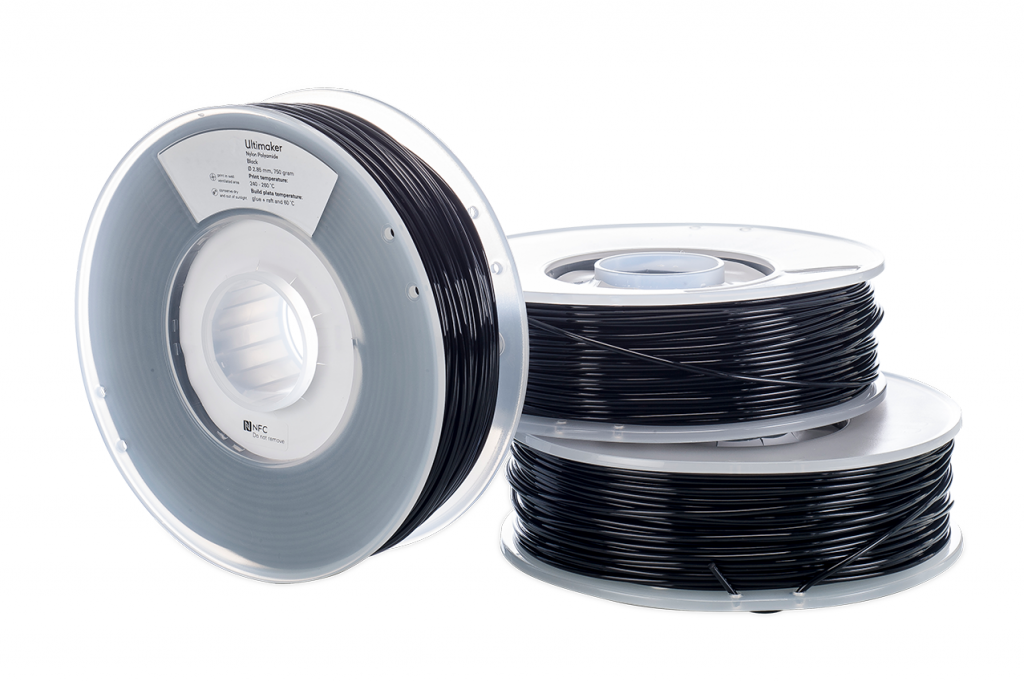
Nylon prints fairly consistently, having few print issues and good bed adhesion. It does tend to string during printing, see below how to minimise this:
- Always use a thin layer of PVA glue on the bed.
- Enable “retraction” and “retraction at layer change” to help reduce stringiness during print.
Still having problems? Call us for assistance!
TPU 95A

TPU is a rubber like material that responds well to flexing. It is used in phone cases and tools like drill casings. Because of its rubber like structure, it tends to string during print:
- Enable “retraction” and “retraction at layer change” to help reduce the stringing effects.
- Use a heat gun after print to burn off the strings, very little heat is needed.
- Ensure good bed adhesion by using PVA glue or adhesion sheets.
Still having problems? Call us for assistance!
PP
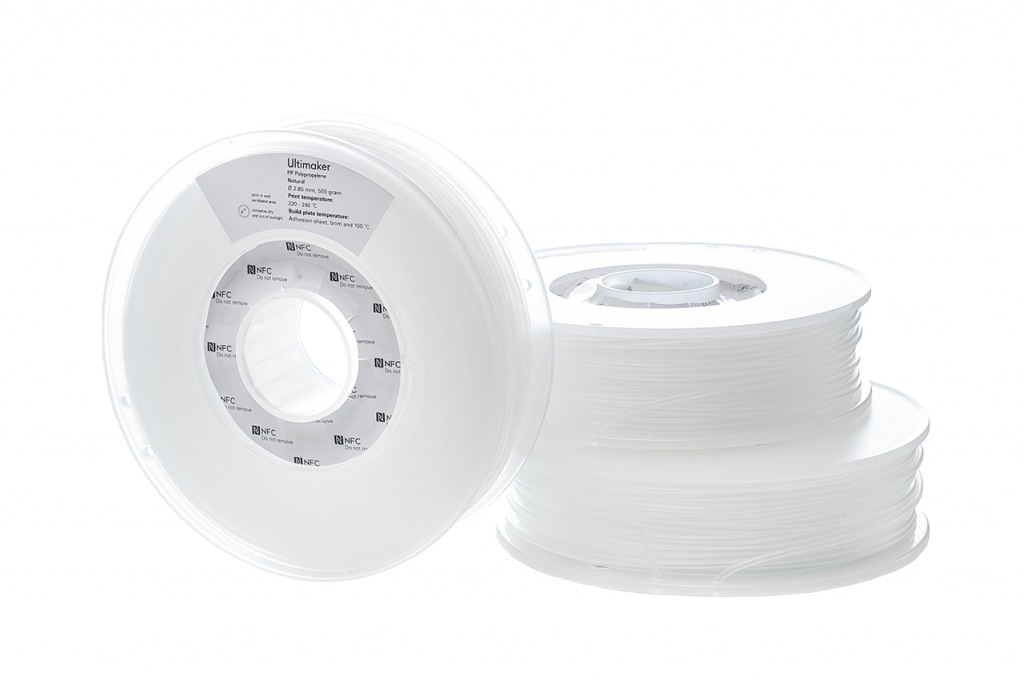
PP, or Polypropylene is a highly durable material suitable for a range of applications. It is however one of the harder materials to get to stick to the print bed:
- Ultimaker’s Adhesion Sheets are required for PP to stick properly.
Still having problems? Call us for assistance!
PVA
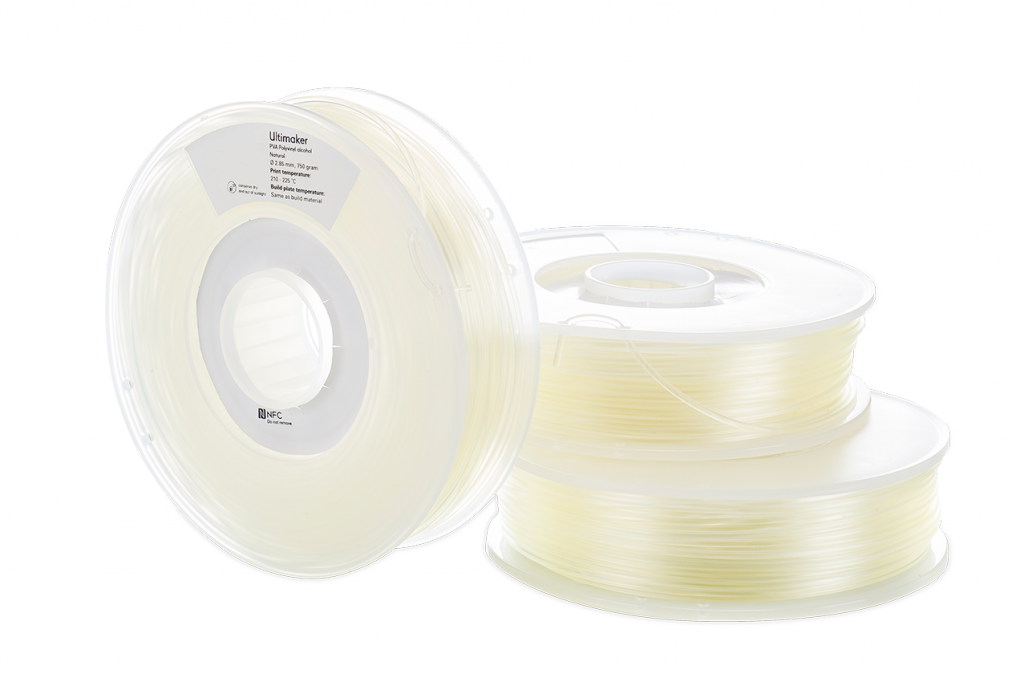
PVA is a water soluble material used in multi extrusion printing to provide support to other material structures. It prints almost perfectly, but does have some maintenance requirements in our humid weather:
- PVA is very susceptible to humidity changes, and must be kept inside a humidity chamber or a sealed bag.
- Store your PVA in cool environments, the communications room is usually a good place.
Still having problems? Call us for assistance!
PC
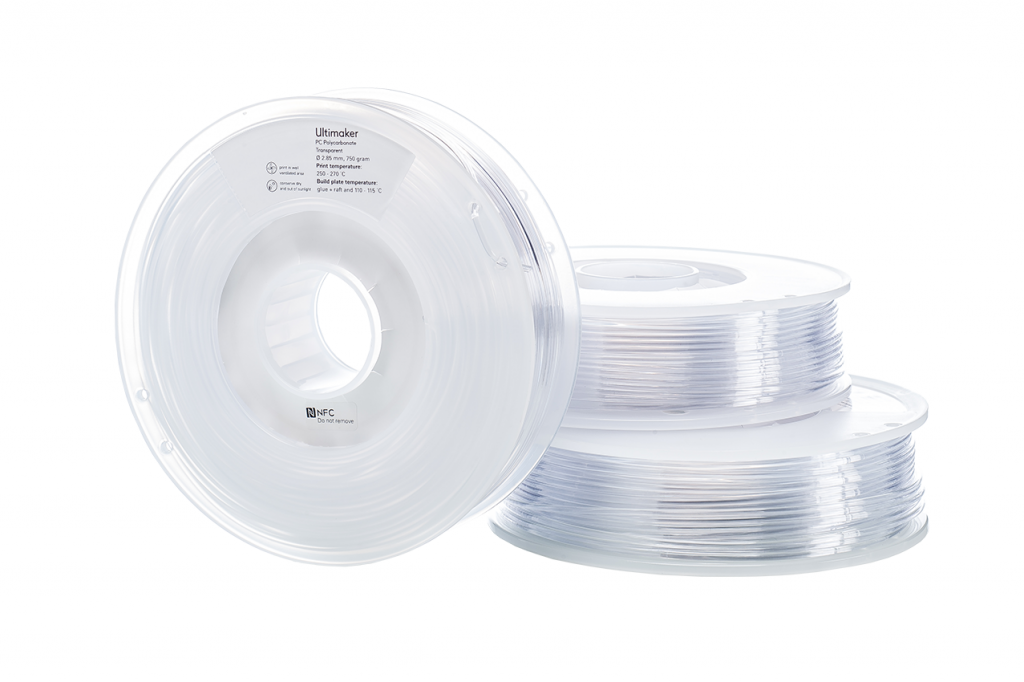
PC, or Poly-carbonate is a high strength material suitable for tools or production environments.
Still having problems? Call us for assistance!
Breakaway
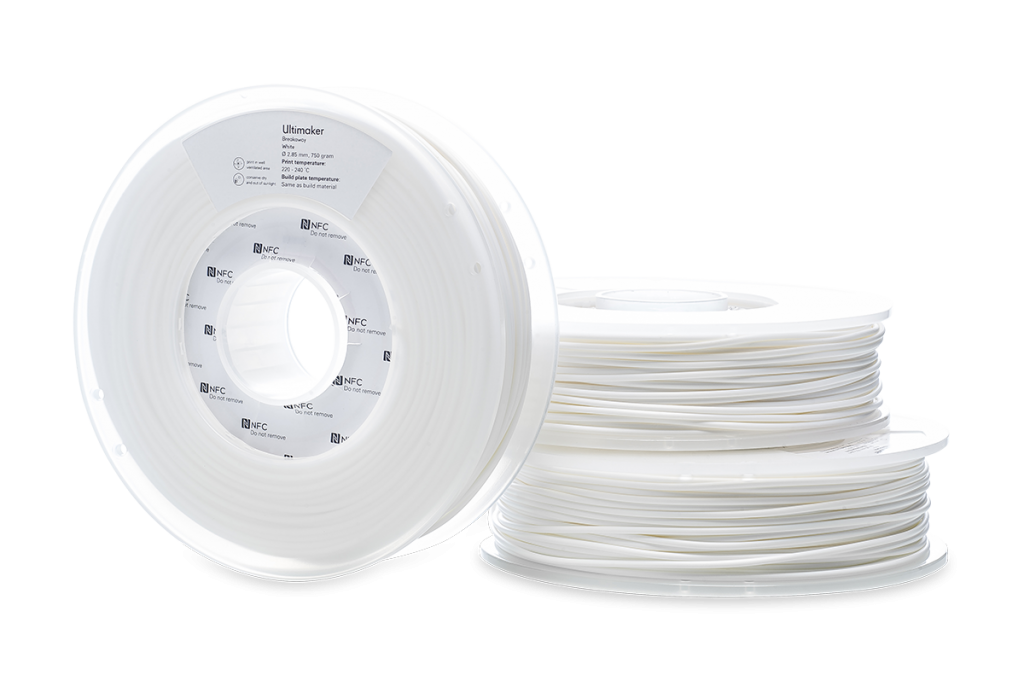
Breakaway material is a alternative to PVA. It is not water soluble and instead can be easily broken away from the part:
- Should only be used on prints with no complex or delicate geometry.
Still having problems? Call us for assistance!